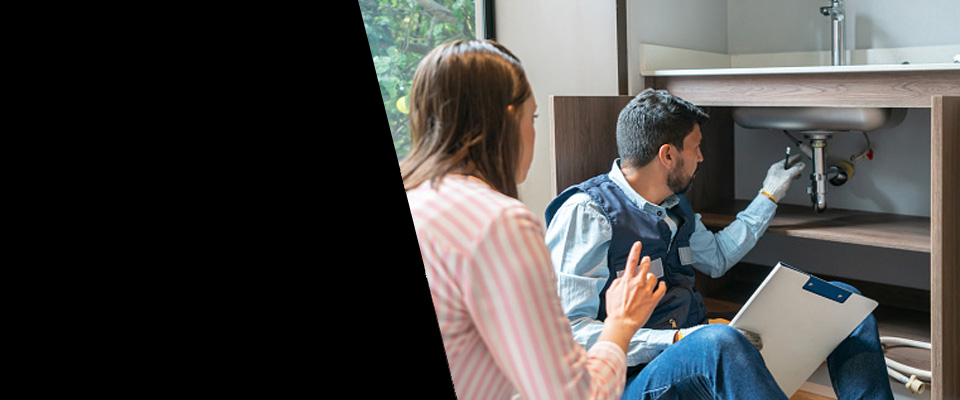Sewer Backups Plumbing Services in Islip Terrace, NY
Islip Terrace Sewer Backups Professionals ready now in Suffolk County
Sewer Backups offers a critical plumbing service addressing wastewater overflow caused by blockages, pipe damage, or system overload. The service involves clearing obstructions, performing video inspections, and fixing or updating damaged sections of the sewer line. Prompt attention prevents property damage, environmental contamination, and health risks associated with sewage exposure
We provide top notch Plumbing services throughout Suffolk County. Whether you need help with Sewer Backups or other issues, our Experts is ready.
Plumbing Services in Islip Terrace, NY

Appliances
Installing dishwashers, water heaters (tank and tankless), waste disposal unit, and washing machines.

Backflow Testing and Prevention
Guaranteeing backflow avoidance devices are working properly.

Bathroom and Kitchen Remodeling
Transferring or updating plumbing systems.

Building Code Compliance
Making sure plumbing systems satisfy regional guidelines.

Burst Pipes
Immediate response to prevent flooding and water damage.

Clogged Drains
Clearing clogs in sinks, toilets, showers, and sewage system lines.

Drain Cleaning
Routine cleansing to prevent clogs and maintain flow.

Fixture Repairs
Fixing malfunctioning faucets, toilets, and other fixtures.
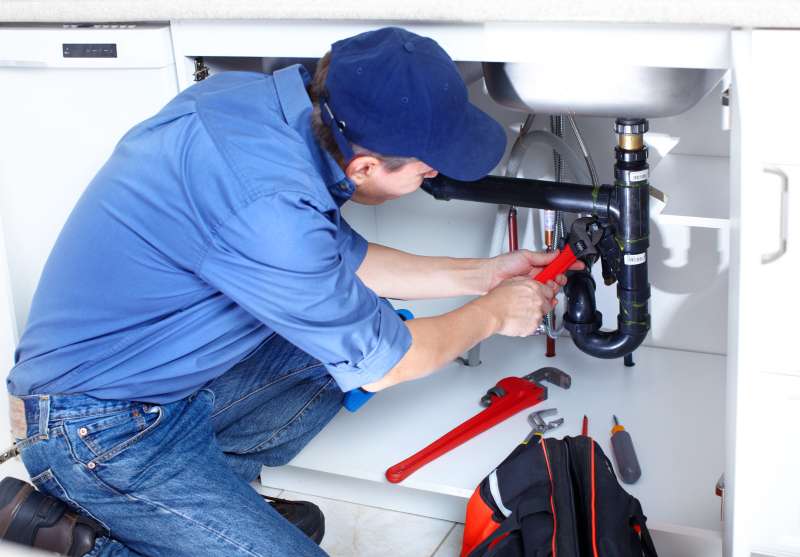
Fixtures
Installation of sinks, faucets, toilets, tubs, and showers.

Gas Leaks
Emergency detection and repair to prevent hazards.
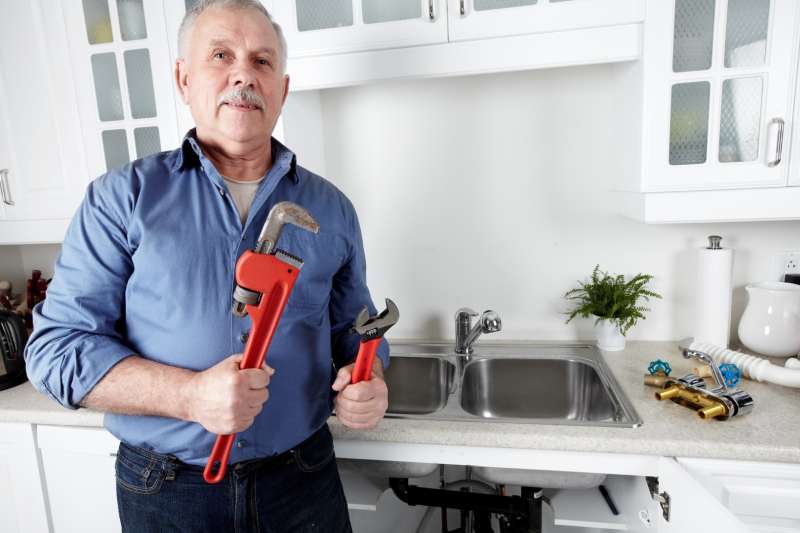
Gas Line Repairs
Fixing gas leakages and guaranteeing appropriate gas line functioning.

Greywater Recycling Systems
Setting up systems for recycling family wastewater.

Hydronic Heating
Installing and maintaining glowing floor heating systems.

Industrial Pipework
Specialized piping for factories or industrial settings.

Irrigation Systems
Setting up and maintaining outside watering.

Large-scale Installations
Plumbing systems for brand-new buildings or remodellings.

Leak Detection and Repair
Repairing leaks in pipes, faucets, toilets, and devices.

Overflowing Toilets
Quick resolution of serious clogs and overflows.

Pipe Inspections
Utilizing electronic cameras to check pipelines for damage or obstructions.

Pipe Repairs
Fixing or replacing burst, worn away, or harmed pipelines.
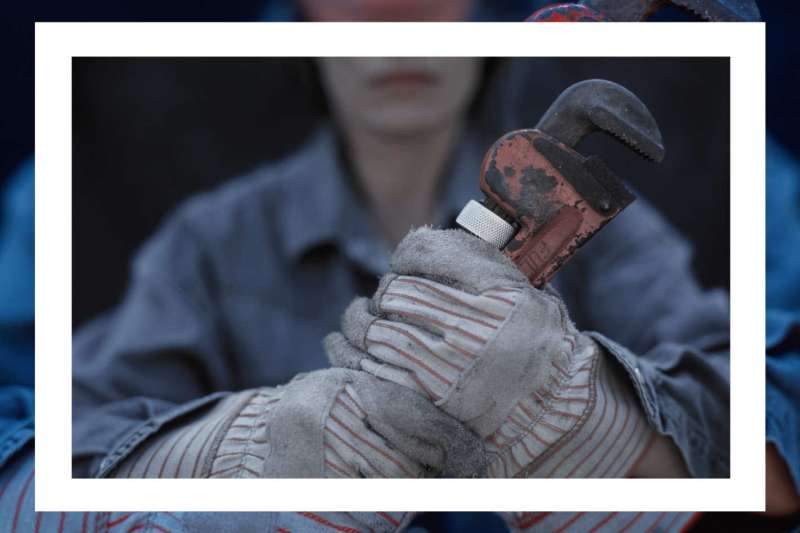
Pipes and Fittings
Installing new piping systems for water, gas, and drainage.

Pre-Purchase Inspections
Examining plumbing systems before purchasing property.
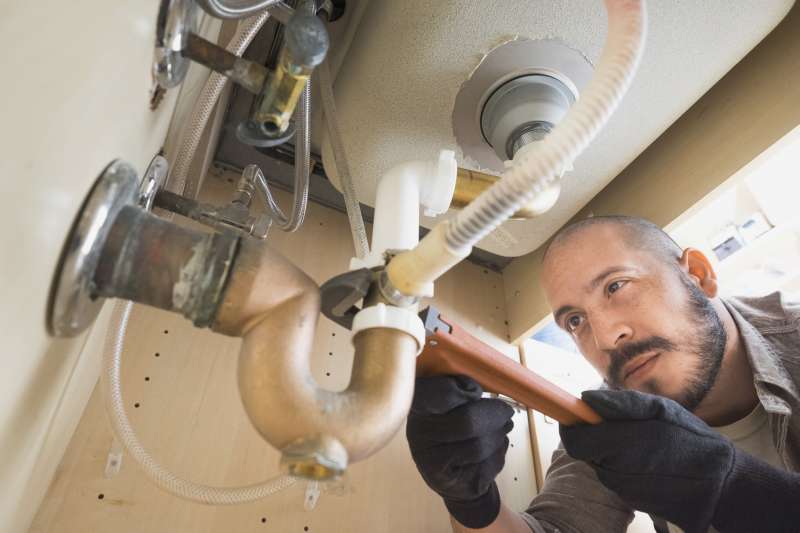
Rainwater Harvesting Systems
Installing systems to gather and utilize rainwater.
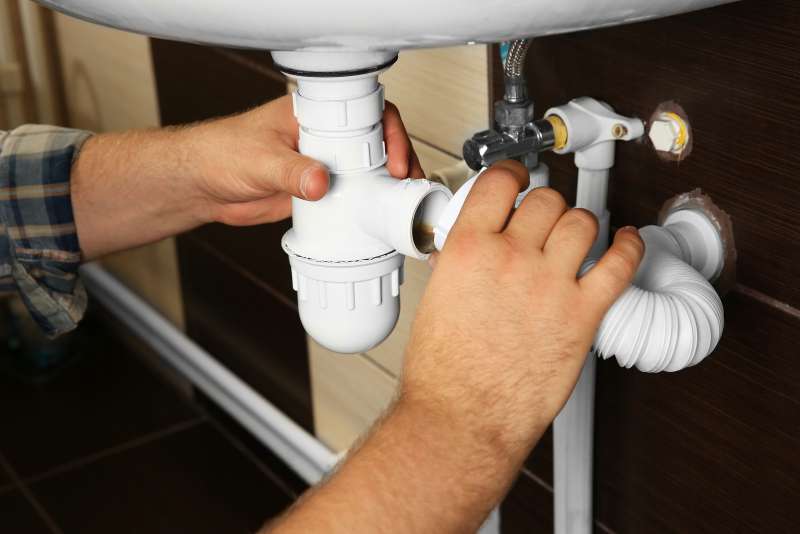
Regular Maintenance Contracts
Continuous upkeep services for services.

Septic System Services
Setting up, fixing, and preserving septic systems.

Sump Pump Installation and Repair
Handling groundwater in basements.

Upgrading Fixtures
Setting up water-efficient or contemporary components.

Water Efficiency Consulting
Advising on water-saving methods and items.

Water Filtration Systems
Installing water softeners and filtration systems.

Water Heater Maintenance
Flushing and examining hot water heater to extend life expectancy.

Water Heater Repair
Attending to concerns with temperature, leaks, or failure to heat water.

Waterproofing
Safeguarding basements or other areas from water invasion.

Sewer Backups
Immediate attention to prevent contamination and health threats.

